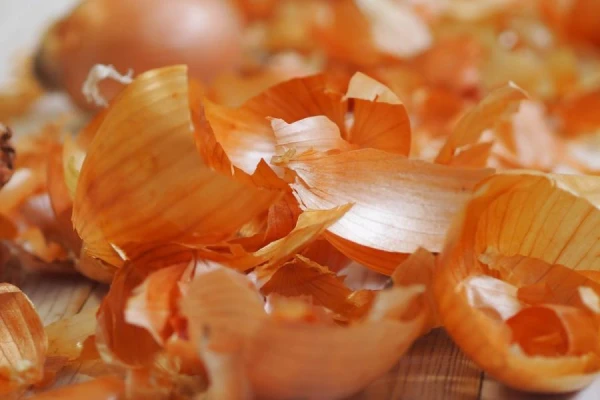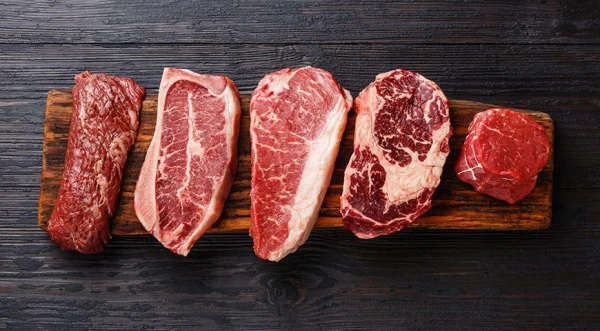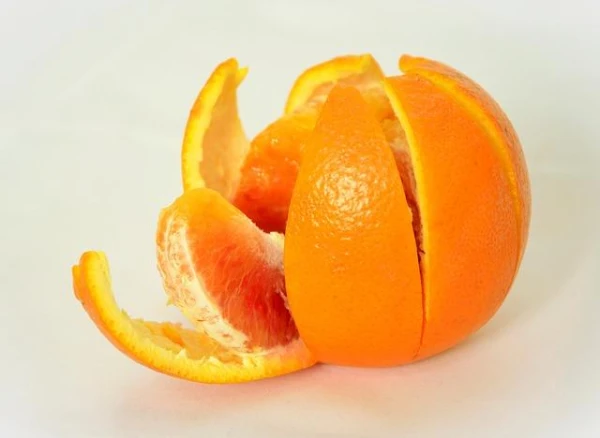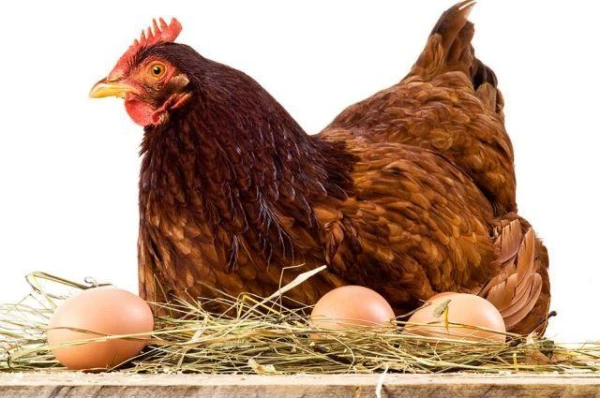
Onion peel can be used not only for dyeing eggs at Easter but also for making beneficial infusions! In the past, they were used to treat measles and typhus, but how can they be used today?
What Onion Peel Tea Is
Onion or shallot is undoubtedly a product that is found in almost every kitchen. It is a key ingredient for many dishes. However, we often forget that the onion flesh has many beneficial properties: it contains vitamins, minerals, and phytoncides that improve the condition of blood vessels and bone tissue, help lower blood pressure and cholesterol levels, and generally have a positive effect on health. At the same time, the onion skin, its 'shirt', usually ends up in the trash, except when it is collected for dyeing eggs in bright colors for Easter.
However, if you pour water over onion peel and let it steep, beneficial substances that can help with various ailments will be extracted into the infusion. Onion peel tea has anti-inflammatory and analgesic effects, stimulates circulation and digestion, and also has antihistamine and choleretic properties, helps eliminate edema, protects against viruses, and provides additional energy.
Don't rush to throw away onion peel — it will still come in handy!
Benefits of Onion Peel Tea
The bright color of vegetables and fruits is due to the presence of flavonoids — plant pigments that resemble hormones in their structure and composition and actively participate in various processes in our body. Onion peel contains the flavonoid quercetin — one of the most powerful antioxidants that helps maintain the health and youth of cells and fights cancer diseases. Quercetin is especially beneficial for allergy sufferers, as it alleviates allergy symptoms, has anti-inflammatory properties, and supports cardiovascular health. It prevents the formation of atherosclerotic plaques, reducing the risk of thrombosis and stroke. The brighter the onion, the more quercetin it contains.
Another important bioflavonoid found in the orange peel of onions is carotene — provitamin A. It also helps lower cholesterol levels in the blood, is beneficial for blood vessels, and is necessary for maintaining vision, protecting against viral infections, and fighting inflammation.
In addition to these two powerful substances, onion peel contains organic acids, B vitamins, iron, iodine, phosphorus, and zinc.
Recipe for Onion Peel Tea
Onion peel consists of modified leaves, which, depending on the variety, usually number from 4 to 7 layers. For making healing tea, choose clean, fresh, and undamaged bulbs — the younger, the better. It is not recommended to prepare the peel in advance; it is better to remove it just before brewing. Before use, the peel should be thoroughly rinsed under running water.
There are many ways to brew onion peel: for a light infusion, you can pour water at a temperature of 60 degrees and let it steep for about 15 minutes until the drink acquires a dark yellow color. You can also prepare more concentrated broths by boiling the peel in boiling water for several minutes.
If you do not like the onion taste, you can make a more complex tea. Take the peel from two onions, rinse it, and place it in a teapot. Add a bag of green tea and a teaspoon of loose tea, pour in a glass of hot water, and let it steep for 10 minutes. Finally, add honey, lemon juice, and mint — dilute the drink with water to taste.












